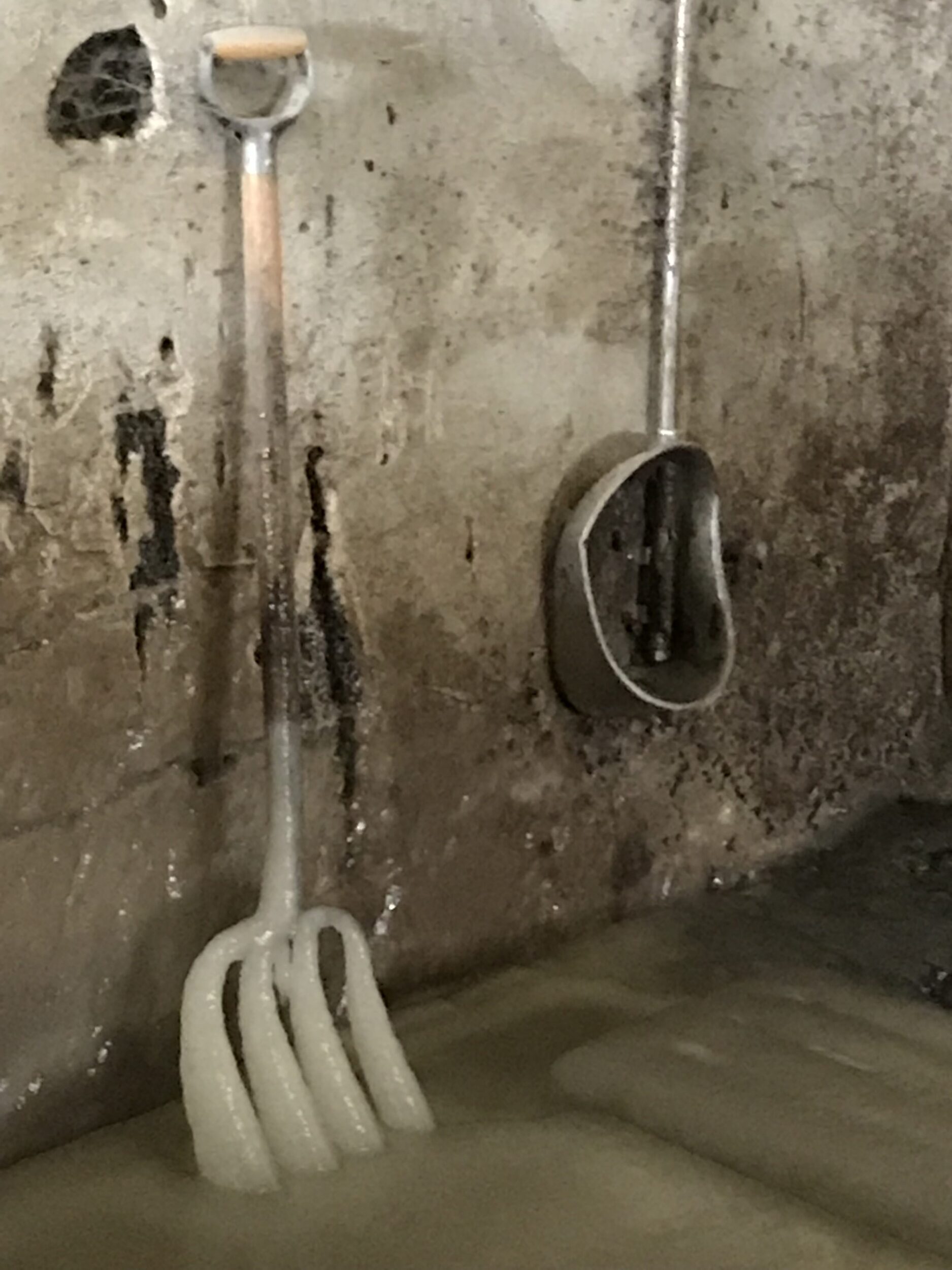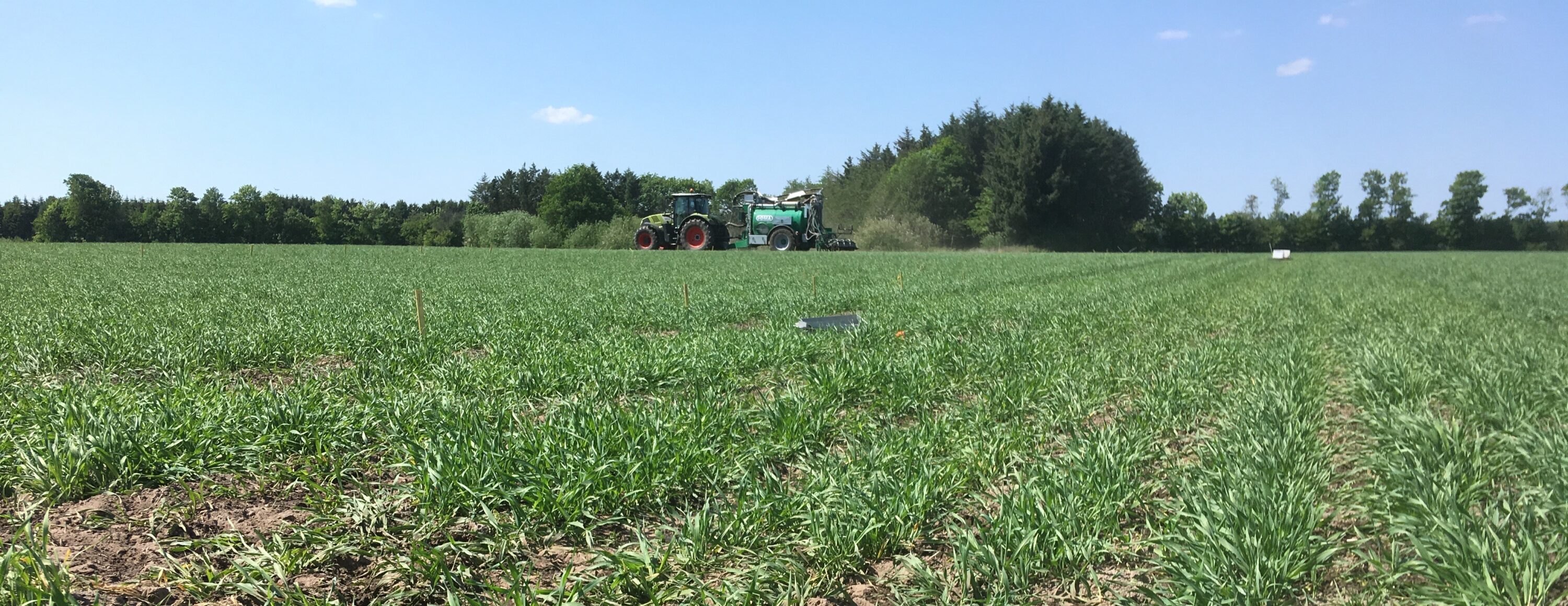An uncommonly long and cold winter struck Denmark this year. The fields, already soaked with runoff rain, froze solid, and cold gusts covered them with snow. The winter wheat had to give way to spring barley. Counted eggs never hatched.

This picture testifies to a long and cold winter at Norjylland.
But as they always do, tides changed, and the same easterly winds brought a warm spring to Nordjylland. Soon, the air was filled with the smell of slurry tankers spreading 9 months’ worth of manure on countless fields.
But one slurry tanker was different. Driving along fields which fume of volatile ammonia, it too was filled with slurry, but its slurry was enriched. It was a tanker on a mission, making its way to the very first field trial with nitrogen-enriched organic fertilizer. It aimed to demonstrate the ability to inhibit ammonia and nitrous oxide losses, and improved soil-nitrogen mobility, and the elimination of smell. Was this the little slurry tanker that could?
N2 Applied has in cooperation with Klitgaard Agro and Danish Technological Institute designed a series of field trials in Denmark, the first of which was initiated on May 23rd, 2018. The main goal of the trial is to compare the nitrogen use efficiency of enriched organic fertilizer to that of organic fertilizer and synthetic fertilizer. The nitrogen use efficiency is determined simply by measuring the exact amount of fertilizer applied to the field, and then measuring the amount of nitrogen found in the crop after harvest. The higher the ratio of crop nitrogen to applied fertilizer nitrogen, the better the fertilizer.

N2’s Agro Scientist – Magnus Nyvold, reports from the Klitgaard field trials.
However, the nitrogen use efficiency does not sufficiently describe why one ratio differs from the other. Therefore, it is important to investigate where the fertilizer nitrogen that is not found in the crop takes way. By analysing the soil, the straw and the nitrous oxide emitted from the field, it is possible to monitor what happens with the nitrogen over the trial period. These analyses also enable an indirect measurement of ammonia emission by looking at the difference between the nitrogen in the crop, soil, straw and nitrous oxide and the nitrogen that was applied to the field. The only loss factor that is not directly measured is nitrate leaching. But future trials will include leaching measurements and thereby ensure complete coverage of all nitrogen pathways.
The fields of spring barley will be harvested in August, after which a set of kernel analysis, soil and straw sampling awaits. Danish Technological Institute, Aarhus University and Norwegian University of Life Sciences will all weigh in on the final report, upon which we base our conclusion. Until then, we monitor and we measure and we watch, while the crops they swiftly grow.

The Klitgaard fields covered in sun, and soon – enriched digestate fertilizer.
